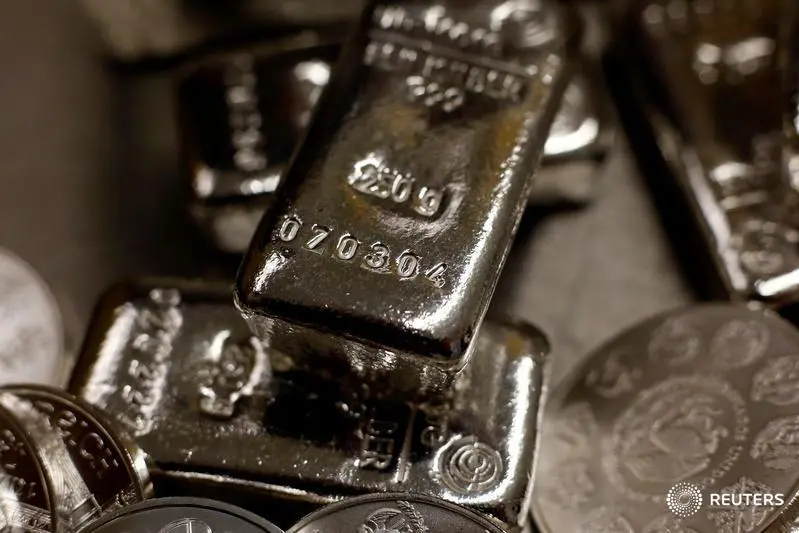PHOTO
Analysts maintain a bullish outlook for gold and silver, but both metals are likely to remain stuck until there is a better understanding about the delivery of future US rate cuts.
Gold prices stabilised this week after falling below a key support level with higher-than-expected US inflation, once again delaying the timing of the first US rate cut.
“Until the first cut is delivered, the market may at times run ahead of itself, in the process building up rate cut expectations to levels that leave prices vulnerable to a correction. With that in mind, the short-term direction of gold and silver will continue to be dictated by incoming economic data and their impact on the dollar, yields and not least rate cut expectations,” Ole Hansen, Head of Commodity Strategy, Saxo Bank, said.
The short-term direction of gold will be determined by economic data and its impact on the dollar, yields, and rate-cut expectations. Central banks and retail investors, particularly in China, continue to provide support for gold prices despite the recent decline, and while physical demand is likely to remain strong, outflows from exchange-traded funds will continue to limit the upside until the rate cut cycle begins. Silver, meanwhile, continues to find strong support in the $22 area, Hansen said.
Gold has stabilized following Tuesday’s slump below support-turned-resistance at $2005 after US inflation surprised to the upside, thereby raising further doubts about the timing, pace and dept of future US rate cuts. A potential delay in the timing of the first rate cut, now pushed back to the June 12 FOMC meeting, saw US bond yields spike higher with the 10-year rising to 4.33%, a 51-basis point jump in just two weeks. Meanwhile, the yield jump saw the Bloomberg dollar index reach a three-month high, supported by the prospect for other central banks like BOE, ECB and SNB acting sooner thereby lifting the greenback’s relative attractiveness.
Having broken below key support, the market is currently engaged in a battle between selling from short-term momentum strategies and continued physical demand – supporting a soft floor - from central banks and retail investors, primarily in the Middle East, India and not least China’s middle class attempting to preserve their dwindling fortunes caused by the property market crisis and one of the world’s worst performing stock markets as well as the weakening yuan.
Ahead of the Chinese New Year holiday, the World Gold Council reported wholesale gold demand in China had seen its strongest January ever with 271 tonnes bought while the PBoC reported the 15th consecutive gold purchase in January, adding 10 tonnes to their gold reserves lifting the total to 2,245 tonnes.
In their 2023 review, the World Gold Council described another year of blistering demand, led by central bank buying and jewellery consumption. Central bank buying reached 1,037 tonnes, just 45 tonnes short of the 2022 record, while jewellery consumption despite the high price environment held steady at 2,093 tonnes. “Numbers like this help explain why constant outflows from exchange-traded funds since May 2022 have had such a limited negative price impact. During this time asset managers and other investors have looked elsewhere amid the rising funding and opportunity cost compared to holding a position in bonds, and this situation is unlikely to change until US rates are being cut, hence the need for patience,” Hansen said.
According to Kim Cramer, Saxo Bank’s technical analyst, the short-term technical outlook for spot gold has deteriorated following the break below $2005 and it would require a close above that level to return to neutral while a break above $2065, the recent high is needed for the market to turn bullish again. “However, given the potential for non-visible physical demand, especially once China returns to work next week, the downside risk may end up being relatively limited, with the market instead prolonging its current wait-and-see stance,” he added.
Copyright © 2022 Khaleej Times. All Rights Reserved. Provided by SyndiGate Media Inc. (Syndigate.info).























